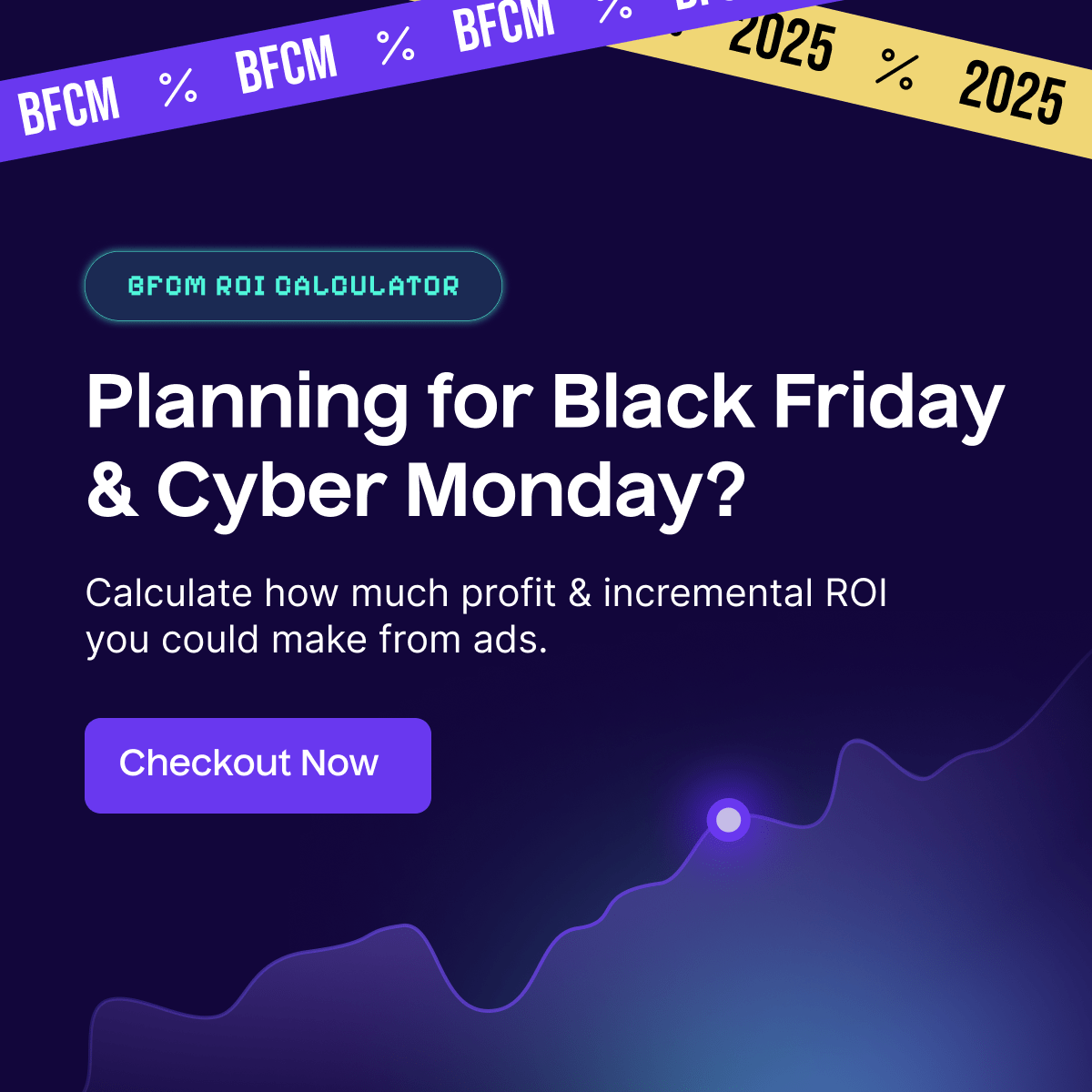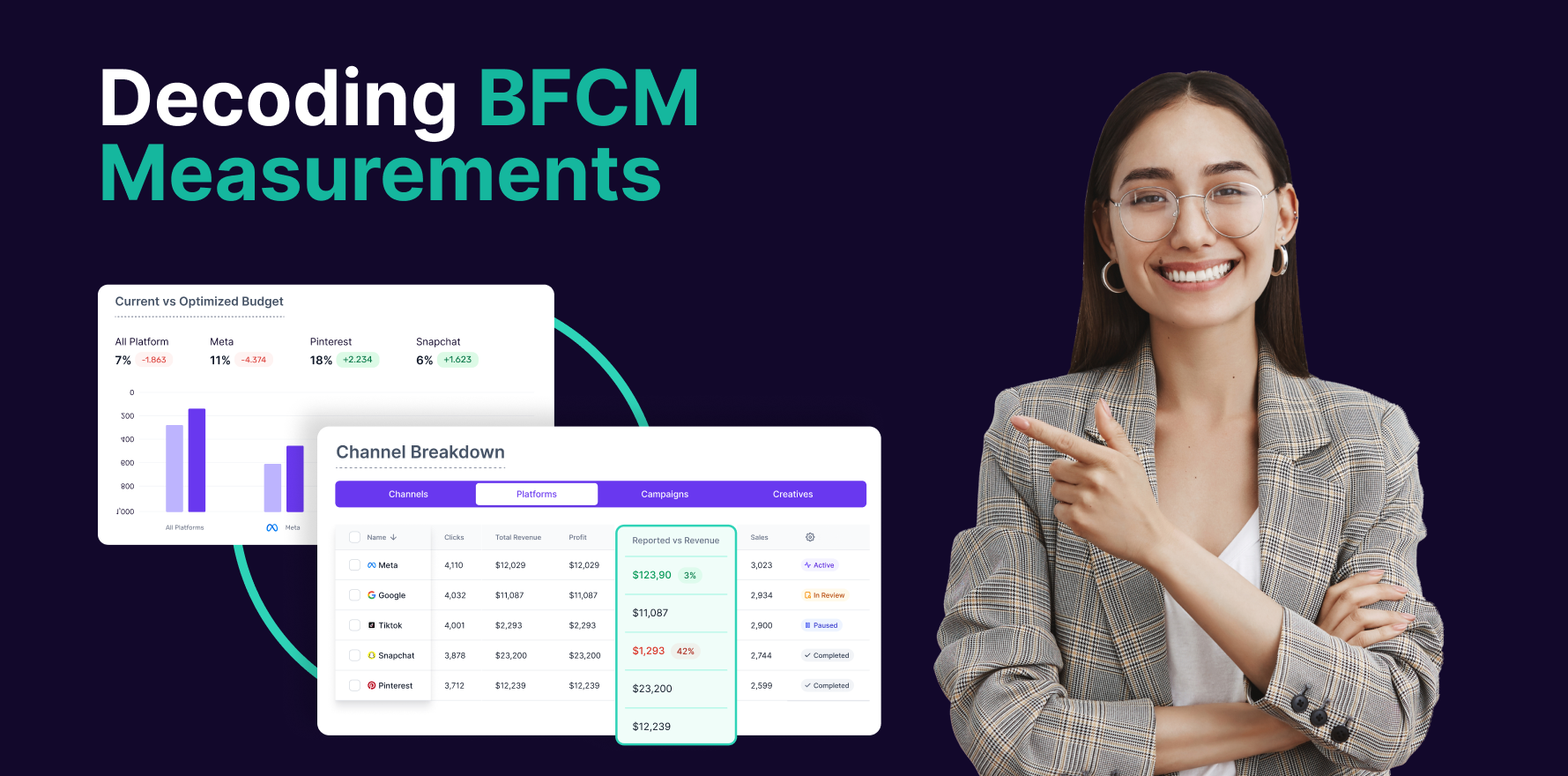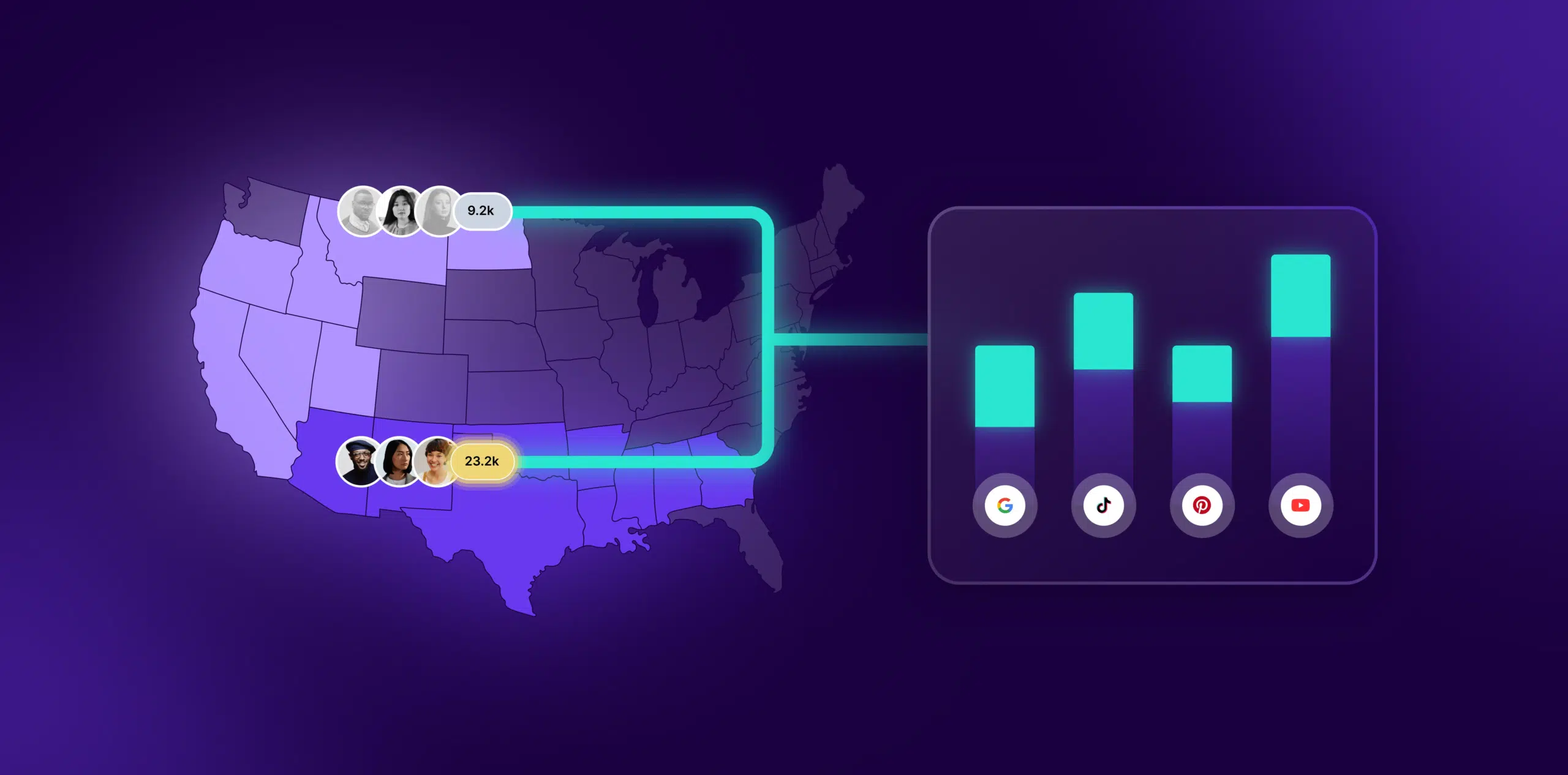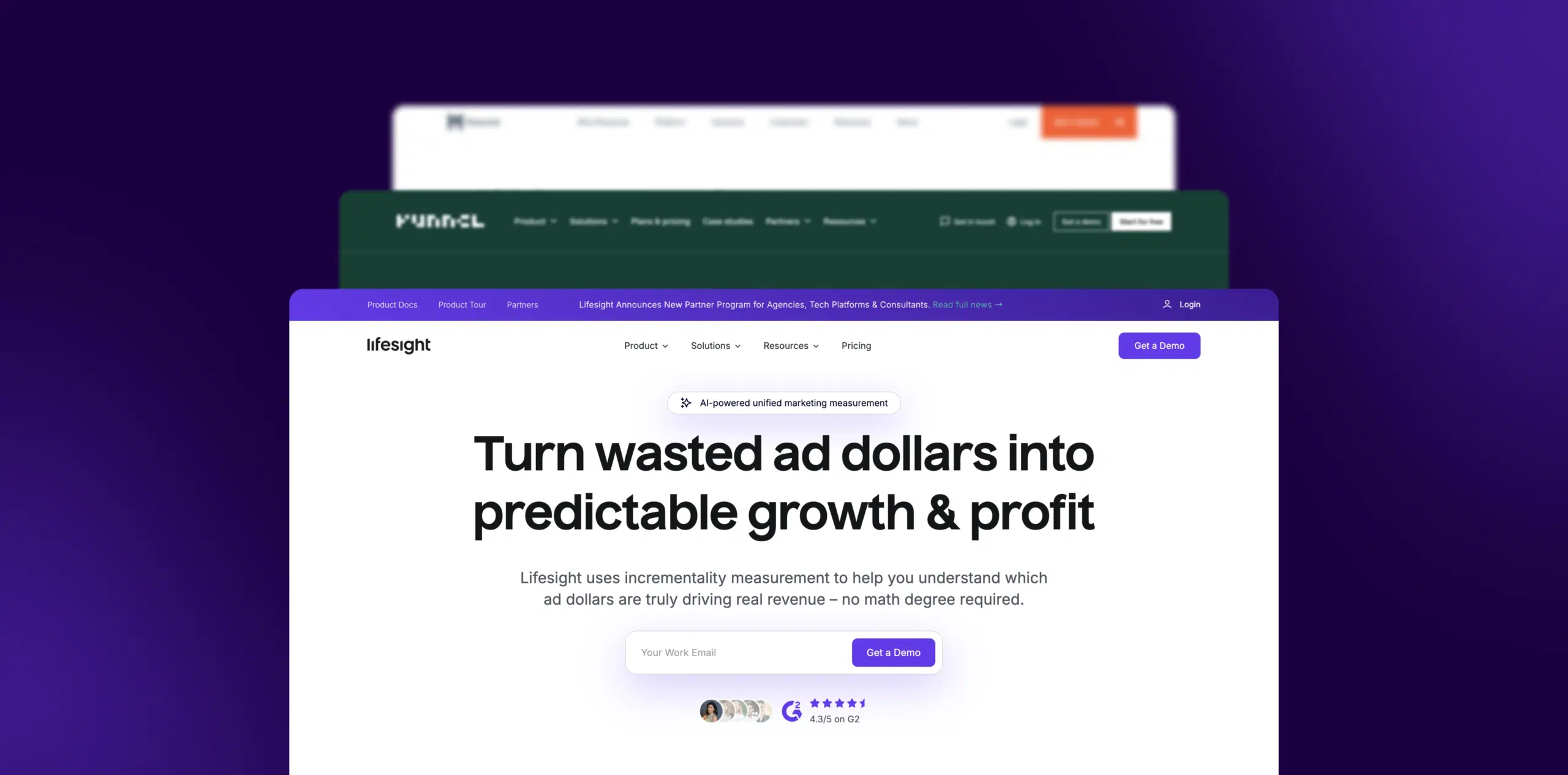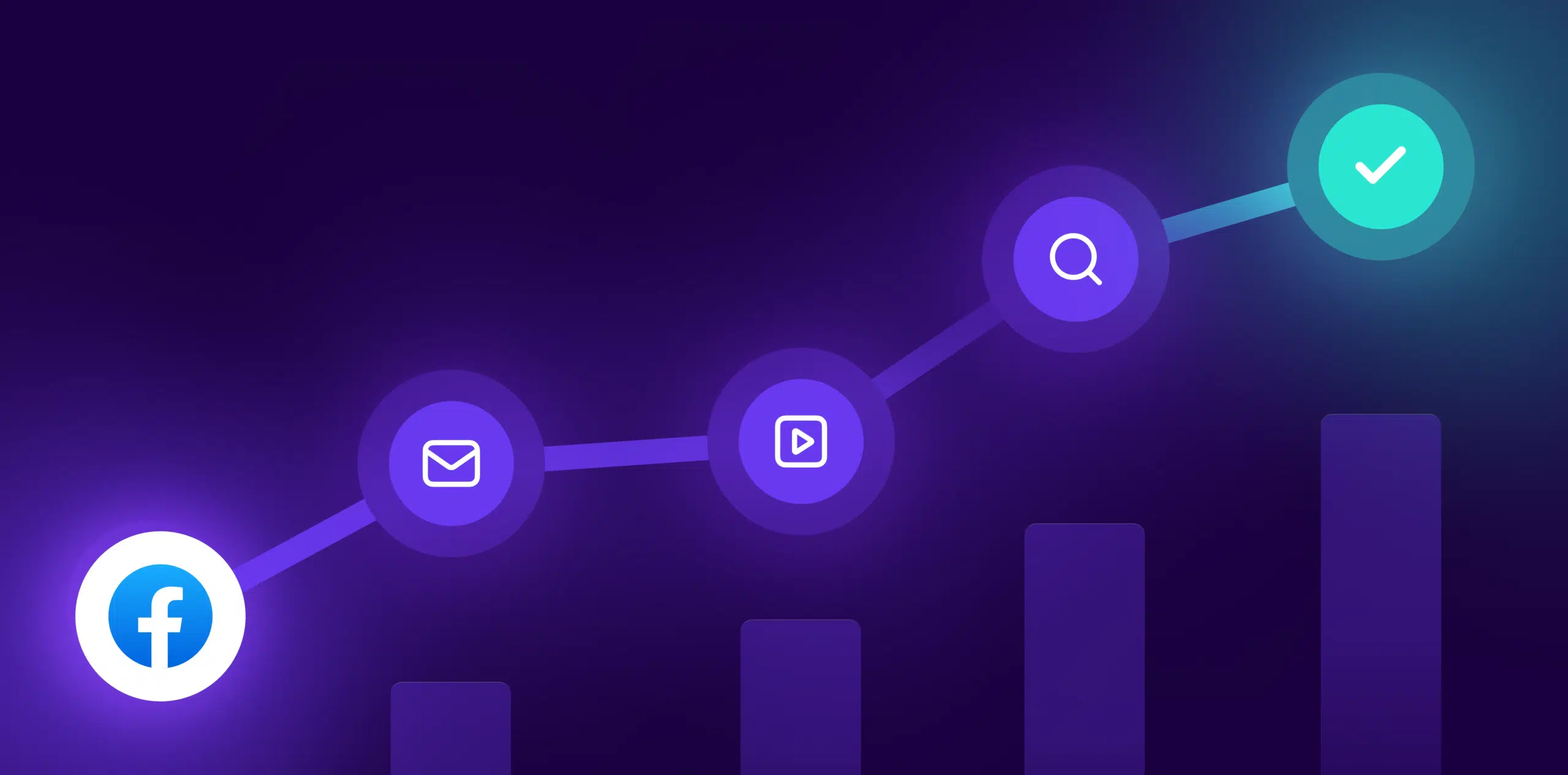What is Audience Size?
Audience Size in ecommerce, also known as the reach or the number of unique users, represents the overall pool of individuals who engage with a specific piece of content, service, brand, or product online. It’s a measure of the awareness, reach, or penetration of a marketing message in the digital landscape, usually defined within a specific location and timeframe. It can encompass visitors to a site, viewers of an ad, or subscribers to a newsletter, for example, and can be specifically defined according to demographics, interests, geographies, and other characteristics.
Formula
Audience Size = Number of Unique Visitors (or Users)
Example
If an ecommerce business runs an online ad campaign that is viewed by 10,000 unique users within a month, then the Audience Size for that campaign is 10,000.
Why is Audience Size important?
Audience Size is a critical metric for ecommerce businesses. With it, businesses can measure the effectiveness of their marketing campaigns, understand how many potential customers they are reaching, and inform their resource allocation planning. A larger Audience Size usually indicates a better chance of sales and conversions, making it a key driver of business growth.
Which factors impact Audience Size?
Numerous factors can impact Audience Size, including marketing strategy, audience targeting accuracy, brand reputation, content quality, and overall market trends. Seasonal shopping patterns, competitor strategies, and technological changes can also influence audience size.
How can Audience Size be improved?
Improving Audience Size often involves careful audience targeting, using SEO strategies to boost website visibility, expanding marketing channels, and creating engaging, valuable content. Businesses should also measure and adapt their strategies based on Audience Size data over time.
What is Audience Size’s relationship with other metrics?
Audience Size closely correlates with other ecommerce metrics like conversion rate, click-through rate, and bounce rate. The larger the Audience Size, the higher potential for conversions and sales. However, a large audience doesn’t always translate to high engagement or sales this depends on how relevant and appealing the content or product is to the audience.
Free essential resources for success
Discover more from Lifesight
